On the contrary, SR and GR have more in common with flat earth belief.
In fact, Christians never believed in a flat earth. It was a part of Hindu religious mythology, not Christian. Hindus believed that the earth was flat and was held up by elephants standing on the back of a turtle.
Various cultures have had conceptions of a flat earth, including ancient Babylon, Ancient Egypt, pre-Classical Greece and pre-17th century China. This view contrasts with the realization first recorded around the 4th century BC by natural philosophers of Classical Greece that the earth is spherical.
The belief that medieval Christianity believed in a flat earth is simply false.
St Augustine, writing in The City of God makes it perfectly clear that he recognised there were Antipodes (i.e. a circular orb of the earth with poles at each end).
So, to all the dummies out there who thought otherwise, no, it is nothing to do with a flat earth.
...
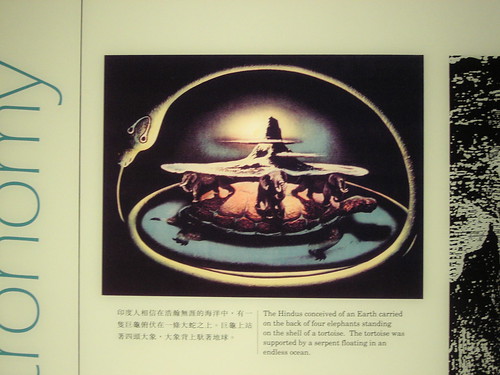









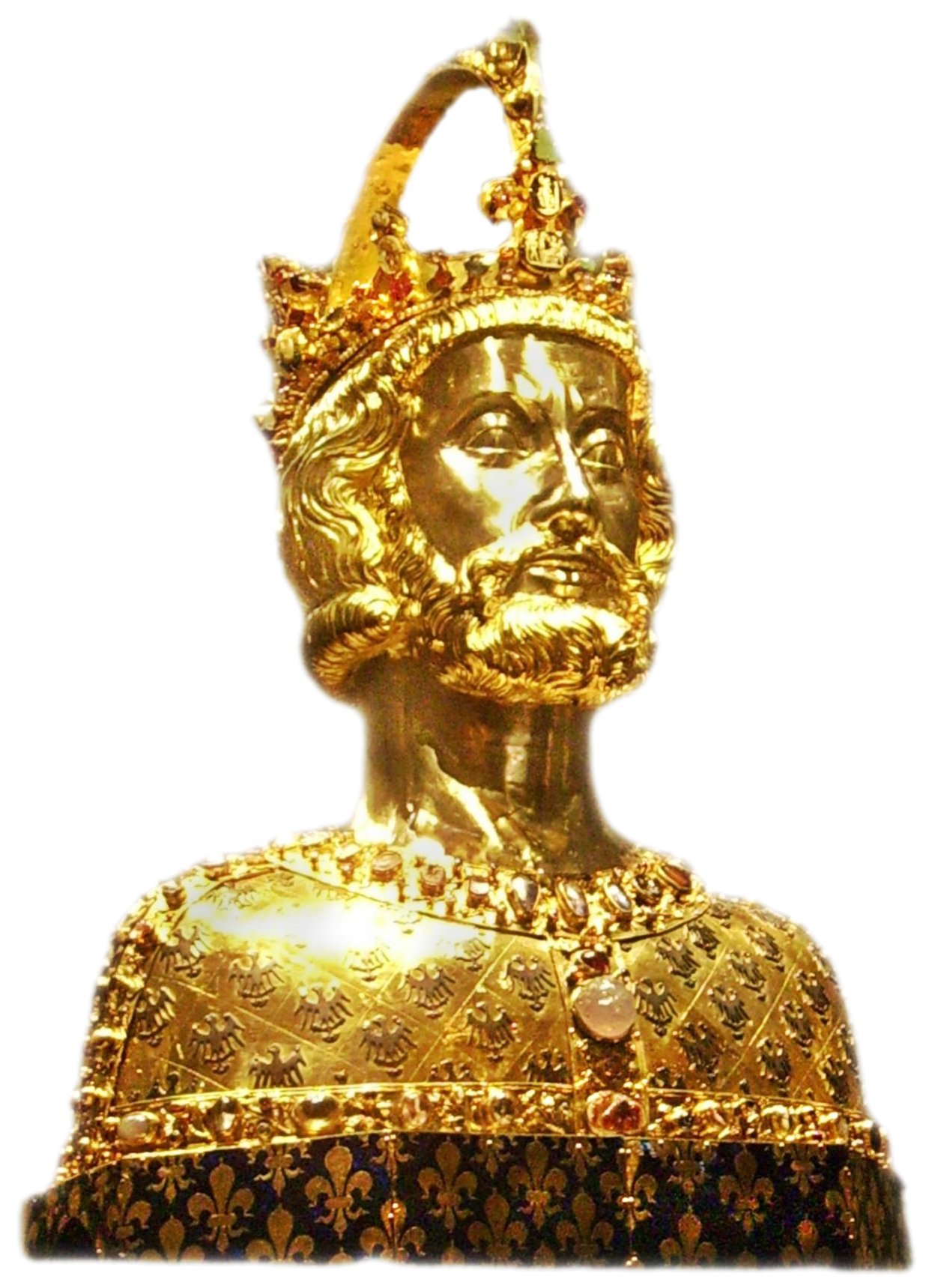



.jpg)


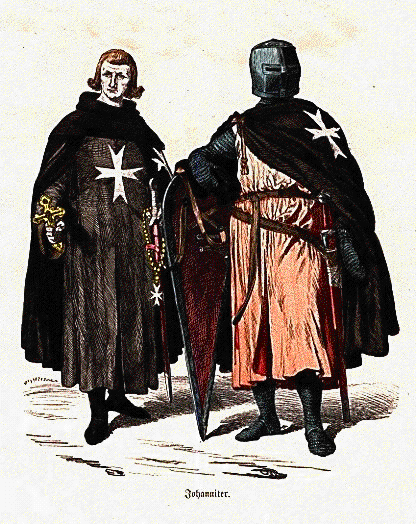

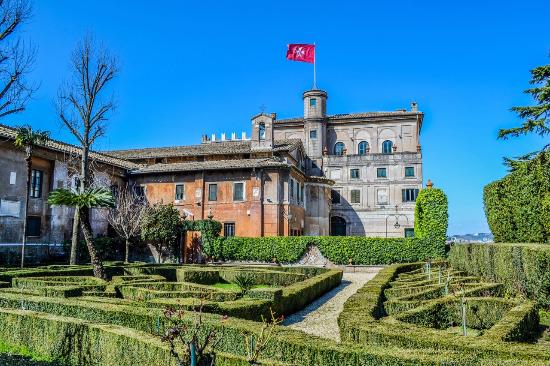



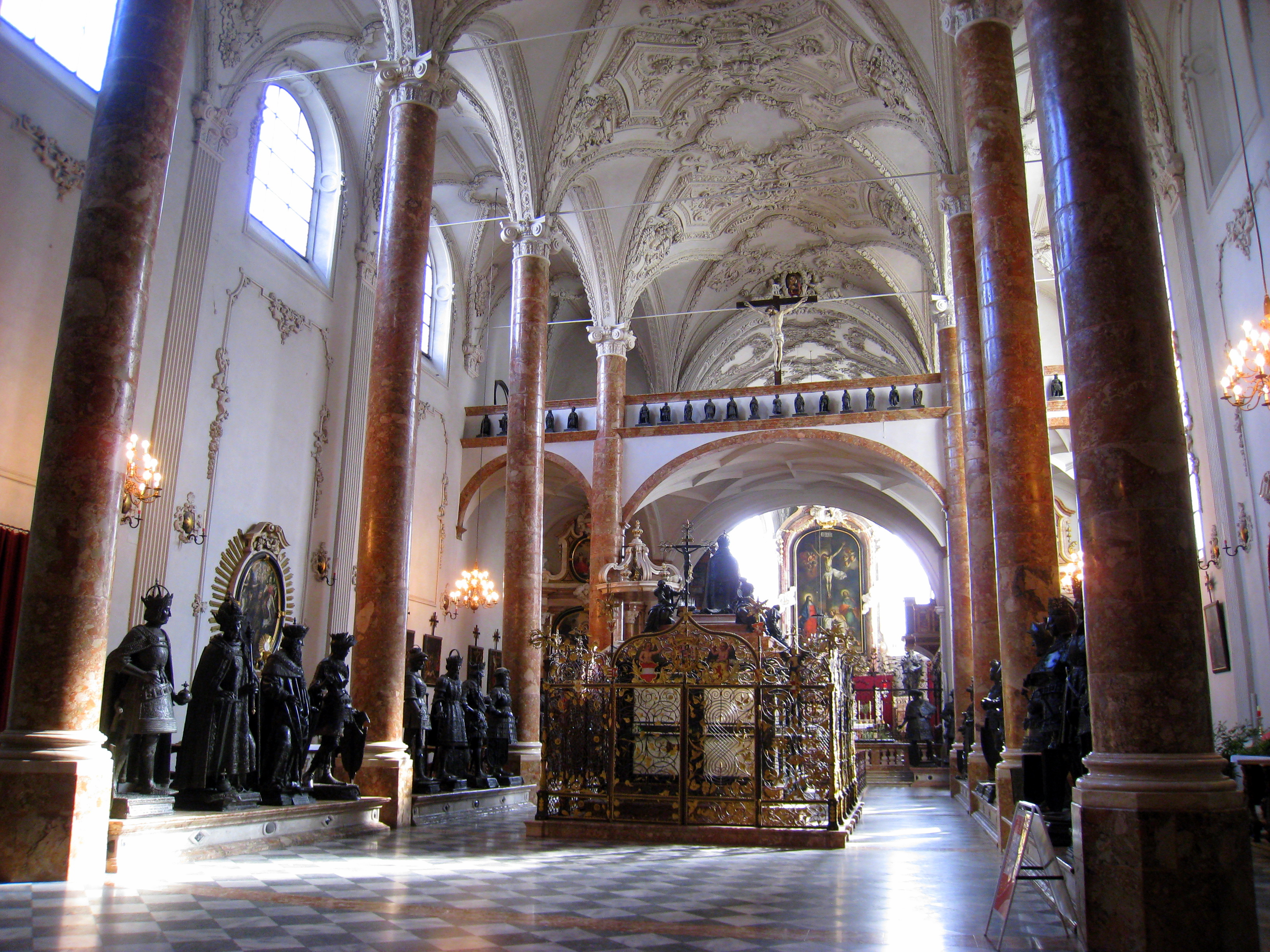
















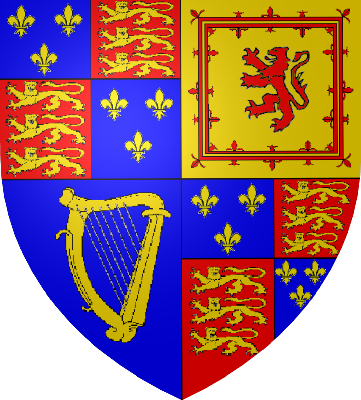
_-002.jpg/220px-Circle_of_Anton_Raphael_Mengs,_Henry_Benedict_Maria_Clement_Stuart,_Cardinal_York_(ca_1750)_-002.jpg)



10 comments:
The suggestion that a flat earth was the Mediaeval view can be dated precisely to January 1828, which saw the publication of 'The Life and Voyages of Christopher Columbus', as highly fictionalised an account as one would expect from its author, Washington Irving, who also gave the world those noted works of historical realism, 'Rip Van Winkle' and 'The Legend of Sleepy Hollow', as well as popularising the use of "Gotham" to refer to New York.
Yes, indeed! Very timely reminder, David. Many thanks!
Two minor corrections:
1) there were Christians who did think the earth flat, mainly Nestorians, as well as Cosmas Indicopleustes, but also one CHurch Father, St Cyprian I think;
2) antipodes in St Augustine's terminology mean people with their feet against ours, and no, he did not recognise their existence, he said no-one had crossed the Atlantic and come back, so there were no such.
But it is true that falt earth was not a generally held theory.
Cosmas Indicopleustes is hardly indicative of Christians in general, or even of his time, and I would like to see a reference to St Cyprian's supposed belief in a flat earth before acknowledging it.
As to St Augustine's view, that is easily answered by quoting Ch 5, Bk XVI of De Civitate Dei:
"...although it be supposed or scientifically demonstrated that the world is of a round and spherical form, yet it does not follow that the other side of the earth is bare of water; nor even, though it be bare, does it immediately follow that it is peopled".
Thus he was content to believe in a spherical earth and the Antipodes but did not believe that anyone lived there.
This may be of interest, on the general theme:
Assorted retorts from yahoo boards and elsewhere : ... on Not Believing Vedic Astronomy Apart from Geocentrism, on Believing Scholastic Astronomy Including Geocentrism
As to what you wanted a reference for:
One popular belief is that, after the downfall of the Roman Empire, the knowledge of the spherical Earth was lost, and people believed in a flat Earth again. The extent to which this is true is disputed.
It is certain that several Christian writers explicitly argued against the spherical Earth. Lactantius (245-325) calls it "folly" because people on a sphere would fall down; Saint Cyril of Jerusalem (315-386) saw Earth as a firmament floating on water; Saint John Chrysostom (344-408) saw a spherical Earth as contradictory to scripture; Severian, Bishop of Gabala[?] (d. 408) and Diodorus of Tarsus[?] (d. 394) argued for a flat Earth; and Cosmas Indicopleustes[?] (547) called Earth "a parallelogram, flat, and surrounded by four seas" in his Christian Topography.
I was, of course, confusing St Cyprian of Carthage with St Cyril of Jerusalem.
Here is the source I quoted:
Kids.Net.Au :
Encyclopedia > Flat earth
http://encyclopedia.kids.net.au/page/fl/Flat_earth
Continued:
It does not say that Medieval Christendom believed a flat earth, since it goes on to say:
There are relatively few historical records of the period between 600 and 1000 for either spherical or flat-Earth thinking. Saint Basil[?] (329-379) argued that knowledge about Earth's shape was irrelevant.
And:
One critical part of this dispute is the belief in antipodes[?], that is, people living on the opposite side of Earth, with their feet faced against ours. Even some of the most important medieval scholars like Saint Augustine argued against antipodes and called them a "fable". However, Augustine explicitly pointed out that the belief in a spherical Earth did not directly imply a belief in antipodes:
"Those who affirm [a belief in antipodes] do not claim to possess any actual information; they merely conjecture that, since the Earth is suspended within the concavity of the heavens, and there is as much room on the one side of it as on the other, therefore the part which is beneath cannot be void of human inhabitants. They fail to notice that, even should it be believed or demonstrated that the world is round or spherical in form, it does not follow that the part of the Earth opposite to us is not completely covered with water, or that any conjectured dry land there should be inhabited by men. For Scripture, which confirms the truth of its historical statements by the accomplishment of its prophecies, teaches not falsehood; and it is too absurd to say that some men might have set sail from this side and, traversing the immense expanse of ocean, have propagated there a race of human beings descended from that one first man." (De Civitate Dei, xvi, 9)
The phrase "even should it be believed or demonstrated that the world is round" indicates that this was certainly not the consensus of the time, and possibly not even believed by Augustine. This is in clear contrast to the pre-Christian period. Procopius of Gaza (491-518) argued that "if there be men on the other side of the Earth, Christ must have gone there and suffered a second time to save them; and therefore there must have been, as necessary preliminaries to his coming, a duplicate Adam, Eden, serpent, and Deluge!" Saint Boniface (d. 755) accused Vergilius[?] (d. 784) of "teaching a doctrine in regard to the rotundity of the Earth, which was 'contrary to the Scriptures'." (Catholic Encyclopedia). Pope Zacharias decided that "if it be proved that he held the said doctrine, a council be held, and Vergilius expelled from the Church and deprived of his priestly dignity." Vergilius believed "that beneath the Earth there was another world and other men, another Sun and Moon."
This last thing is of course wrong, Vergilius believed the Earth to be round and did not believe in antipodes that were not adamites. This is however what Pope Zacharias was suspecting him of believing.
Dear Hans-Georg,
If you choose to quote from
kids.net.au
then it's not surprising that you might get a few things mixed up.
One should always be sceptical of writers who begin sentences with the phrase "It is certain that...".
It usually means that they have no source to support them and so bluff the way by pretending certainty.
If you genuinely think that Lactantius, Saint Cyril of Jerusalem, Saint John Chrysostom, Severian, Bishop of Gabala and Diodorus of Tarsus argued for a flat Earth then you'll have to do better than quoting some self-serving Blog.
Find their original sources and then we'll be interested.
Otherwise - stow it.
Lactantius, not original, but from other source:
The African Lactantius (AD 245-325) is usually cited as the earliest "Church Father" responsible for the notion that the earth is flat. He was a professional rhetorician at Sicca and converted to Christianity in midlife. He wrote books to defend his new faith but was still influenced by his old teacher, Arnobius, and his pagan ideas. For example, he advocated the doctrine of annihilation, believed that Jesus and Satan were metaphorical twins, and had difficulty visualizing the antipodes where everything would be "upside down." He rejected all the Greek philosophers and, in doing so, also rejected a spherical earth. His views were considered heresy by the Church Fathers, and his work was totally ignored until the Renaissance, when some humanists revived him as a model of good Latin. Of course, his flat earth view was also revived.
Inventing the Flat Earth : Author: Ian Taylor
More important to me is actually St Cyril of Jerusalem, since:
* Greek Philosophy and Hebrew Rabbinic views on both sides of Ancient Christendom took opposite views on Flat or Round Earth and on Empty Space vs Solid Spheres;
* Round Earth Fathers or some of them (St Basil, but not St Augustine) believed the solid spheres, like Greek Philosophers;
* so a Flat Earth Father (even if just St Cyril of Jerusalem) is very welcome precisely for in that case presumably NOT believing on solid spheres of basically crystal or hard glass all the seven intermediate steps between Fixed Stars and Earth Atmosphere.
That way, I can argue that Round Earth is Orthodox because St Augustine believed it and absence of solid spheres (they seem to conflict a bit with Tychonian orbits, for one) is also orthodox because St Cyril of Jerusalem didn't believe them.
For undecided, well, St Basil is undecided on shape of Earth and St Augustine on solid spheres (or one solid sphere) vs empty space.
Now, you called my immediate source "you'll have to do better than quoting some self-serving Blog."
Not.
"kids.net.au" is very certainly a site made by collective work of teachers and serving education department or something like it. It does not have a blog format.
Your principle is faulty too.
I neither become better knowledgeable nor more honest for serving some other media (including Church media, as proven by the apostatic or apostasy proning deacon Francis Lapierre), nor less knowledgeable or less honest for writing freely on my own blog. But that was not the issue here, since kids.net.au is not a blog and the writers are not self serving.
Oh, btw, I had not before you picked the list out noted my quote included "Severian, Bishop of Gabala and Diodorus of Tarsus". As far as I know, these are not Church Fathers.
However, I came across conflicting statements about Lactantius and St John Chrysostom:
Some early Christians were victims of misinterpretation. Lactantius rejected the existence of the antipodes - lands on the other side of the equator - on the grounds that anyone who lived there would be upside down. It's a childish error, but does not mean he also believed the earth to be flat. St John Chrysostom thought the heavens were a box rather than a sphere, but he never says the earth is not a sphere in the centre of the box.
Box shaped universe is fine enough for me, that too is a cosmology incompatible with solid spheres, and means not all Church Fathers accepted that philosopheme.
Four ends or corners of the Earth (mentioned after this quote) is Biblical, and as I have argued elsewhere is incompatible with Modern Flat Earthism:
Creation vs. Evolution : Does Geocentrism Discredit Creationism?
http://creavsevolu.blogspot.com/2015/03/does-geocentrism-discredit-creationism.html
(Link to my own "self serving blog").
Well, you seem to be agreeing with me so I don't understand your hostility.
Your source is not original and as its says "His [Lactatnius'] views were considered heresy by the Church Fathers".
Post a Comment